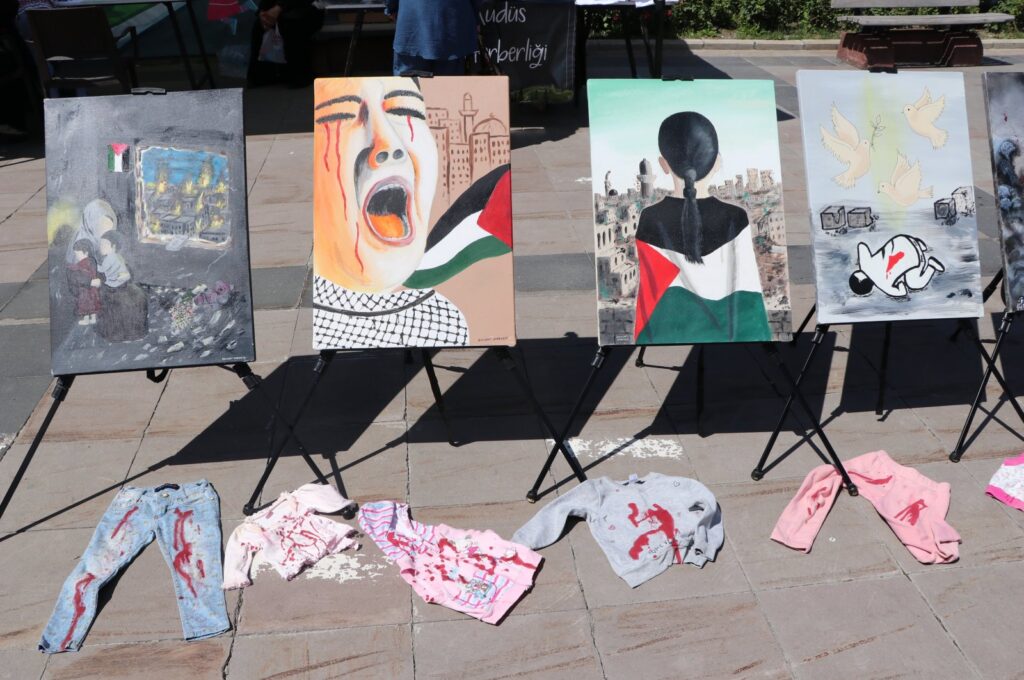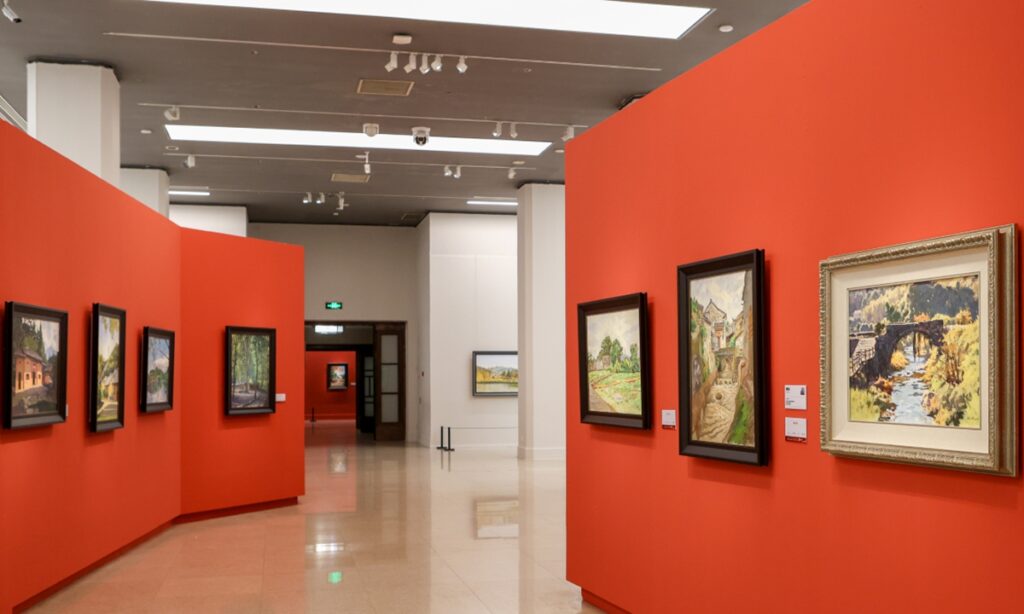
AKTAU, Kazakhstan (AA): The 2,000-year-old bridle and saddle made of pure gold and silver belonging to a Hun soldier are on exhibition in the Abiş Kekilbayev Regional Promotion Museum in Aktau, the administrative center of the Mangistau province on the Caspian Sea coast of Kazakhstan.
The museum, named after the famous modernist Kazakh writer Abiş Kekilbayev, sheds light on the ancient history of the region with its approximately 57,000 original works.
The museum also exhibits 97 Hunnic period artifacts discovered in the “Golden Goose” excavation site in Mangistau in 2014.


The Hunds were nomadic warriors who reportedly revered horses. Their fame comes from being impressive horsemen as they learned horsemanship at an early age and their great military achievements. They were also known as ruthless warriors as they made their way across the European continent.
Their reputed leader Attila the Hun was the ruler of the Hunnic Empire, which he established. According to some historians, his name meant “Little Father” after he acceded to power, as a way of respect. His name also spread terror among his enemies.
Hundreds of visitors from Turkey and abroad come to the museum every year to see the bridle and saddle belonging to the Hun soldier. This type of gear has never been seen before in any of the excavations.
Abiş Kekilbayev Regional Promotion Museum Specialist Bakıtcan Kudaybergenulı said that the bridle and saddle belonging to the Hun warrior are among the favorite works of the museum.


Stating that the Huns were nomadic people living on horses, Kudaybergenulı said: “At that time, when a soldier died, they were buried with their horses. We see that the polychrome style developed by the Huns in the fifth century was used on this horse bridle and saddle belonging to the Hun warrior. Human faces were drawn on the horse bridle and animal images were drawn on the horse saddle.”
Stating that the horse bridle is made of pure gold and the saddle is made of silver, Kudaybergenulı added: “This work from the Hun period is unique.”


In the museum, it is also possible to see the traditional tent house of the Mangistau region, which is on the UNESCO Intangible Cultural Heritage List.
Explaining that the traditional tent houses where Kazakhs from the nomadic culture have lived for centuries are known as tree houses in the Mangistau region, Kudaybergenulı said: “There are still masters of tent houses in Mangistau compared to other regions. For this, we were able to preserve its original form.”
The post Kazakhstan’s museum displays 2,000 year-old gear of Hun soldier appeared first on The Frontier Post.








